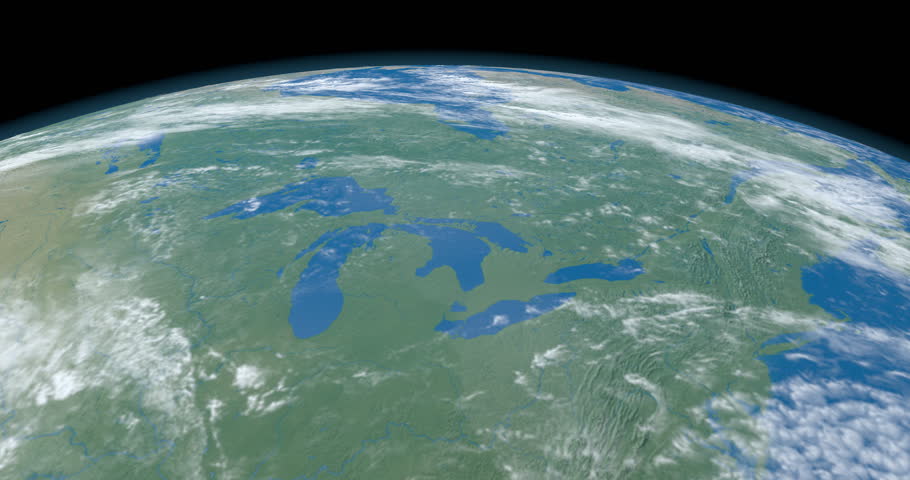Great Lakes Fun Facts: Exploring the World’s Largest Freshwater Lakes
Posted by Nautical Wood Maps on 25th Oct 2018

The
The
- They are the world’s largest body of freshwater
- The lakes formed when a glacier melted over 13,000 years ago, filling the crevices left behind with water
- The length of their combined shorelines could encompass nearly half of the globe’s circumference (44%)
- You
can remember the names of all five lakes using the mnemonic device HOMES
(Huron,
Ontario, Michigan, Erie and Superior)
Lake Huron Fun Facts
- Home to the world’s largest salt mine, Goderich Mine, which runs partially underneath the lake
- Structures
from prehistoric animal herders have been discovered under the waters of
Lake Huron, from before the water levels rose - Has
the longest shoreline of all of the
Great Lakes, at 3,827 miles
Lake
- Although
it is the smallest of the
Great Lakes, it is still the fourteenth largest lake in the world - While
it is often assumed that the lake is named after
Ontario, Canada, the name of the lake came first with the territory named after the lake - Contains
the Thousand Islands, a region which actually includes 1,864 islands on
the border of the
United States and Canada
- Includes the world’s largest fresh water sand dunes
- Ice balls which form when the lake falls below freezing and wash up on shore have become an annual viral sensation
- “The
Lake Michigan Triangle” is considered by some to be the home to strange
disappearances and sightings, akin to the Bermuda Triangle, and runs between
Manitowac, Wisconsin; Ludington, Michigan; and Benton Harbor, Michigan
- Contains the most industrial business of all five lakes
- Provides
drinking water to over 11 million people in both the
United States and Canada - Was
the site of a
United States naval victory over Britain in the War of 1812
- As the name implies, Lake Superior is the largest freshwater lake in the world, capable of containing all four of the other Great Lakes along with room for Lake Erie three more times
- Lake
superior contains 10% of Earth’s fresh surface water, enough water to
submerge all of the
Americas in over a foot of water, due to being the deepest of the Great Lakes at 1,335 feet - The
clearest of the five lakes,
Lake Superior has average water visibility of 27 feet
The
Fun Facts about Great Lakes 3D Wood Chart Lakes | Nautical Wood Maps

